Share this post:
Popular Posts
Visiting Medellin Recent Posts
Plan Your Trip Recent Posts
Living in Medellin Recent Posts
Greater Antioquia Recent Posts

TLDR? The Museo Etnografico Miguel Angel Buile is a unique place to learn about Colombian indigenous culture
Indigenous culture is a fundamental part of Colombian history. If you’re looking to learn more about this wonderful country.
As a passionate reader who has read hundreds of books on the subject, I can guarantee you that the Museo Etnografico Miguel Angel Buile is home to a large collection of Colombian heritage in the form of ethnographic pieces.
Does that sound up your alley? Read ahead to learn everything you need to know about Museo Etnografico Miguel Angel Buile!

You may be wondering what an ethnographic museum is. In fact, I didn’t understand the true meaning of the concept until I took a walk through the museum’s different rooms.
Ethnography is dedicated to studying the cultural and traditional practices of a population.
In many of the museum exhibits, you’ll find more than 2,000 artifacts made for everyday use, such as hunting, fishing, or farming. You’ll also find ritualistic props used by the indigenous people from different regions of Colombia.
The diverse cultures of Colombia are displayed in five permanent exhibition rooms:
The Contemporary Art room houses temporary exhibitions. At the time of my visit, the Corazon Anfibio gallery was on display.
Objects, photographs, art pieces, and films highlight women’s work in constructing cultural identity and the social sphere of traditional communities.
The tour lasts one to two hours, and entrance tickets are set at affordable prices.

You can get to Museo Etnografico Miguel Angel Builes by going on the metro or taking a bus. The fastest and easiest means of transportation is the metro.
Take Metro Route B and get off at Floresta station. From there, you’ll only have to walk about five minutes to the museum.
You can also take one of these two bus routes:
If you feel like getting active, you can bike to the museum using the EnCicla system. This is a fun way to tour the city, and you can even use your metro pass to rent your bike.
Website: https://www.memab.org/
Address: Carrera 81 No. 52B – 120
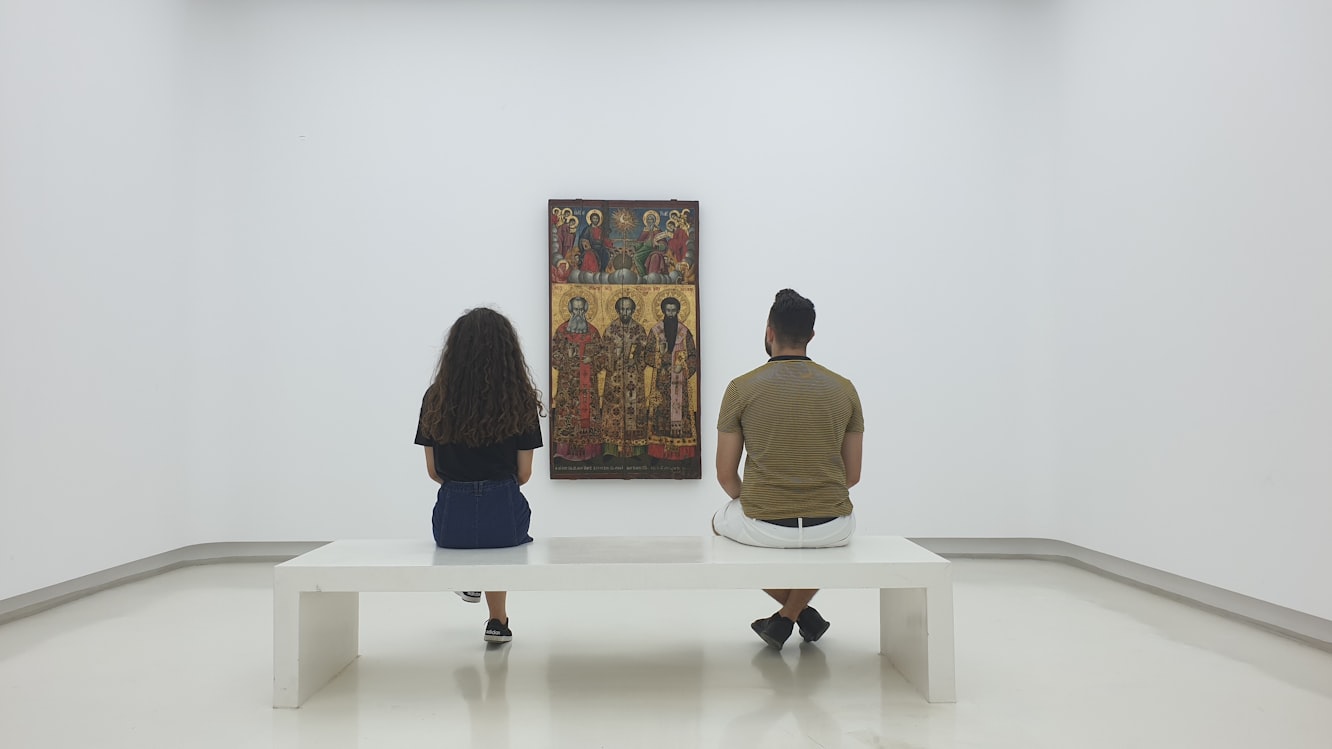
While wandering through the exhibits, visitors can interact with certain objects. I also suggest checking out the temporary exhibition rooms to view some Colombian photographers and artists.
Check out the museum website or Instagram to learn which temporary exhibits will be on display at the time of your visit.
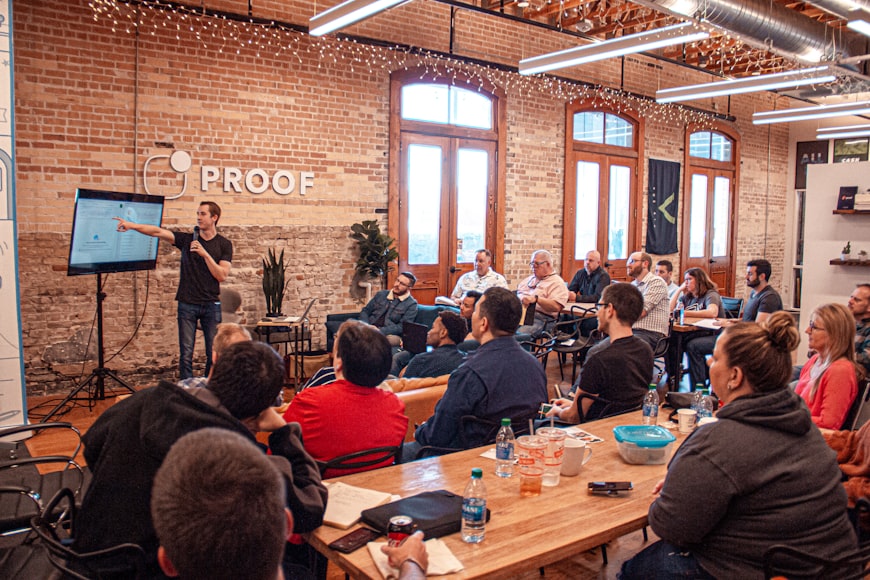
From time to time, the museum organizes conferences in the temporary exhibition room with experts in Colombian history.
Alongside talks related to the cultural theme of the indigenas, you can also participate in topics related to language.
I was lucky to attend the Makeletras conference called ‘Las palabras, una reflexión ineludible’.
Some of the conferences are virtual, but most are held in the museum. The entrance fees are waived, making this the perfect activity for tourists looking to learn something new and meet new people.
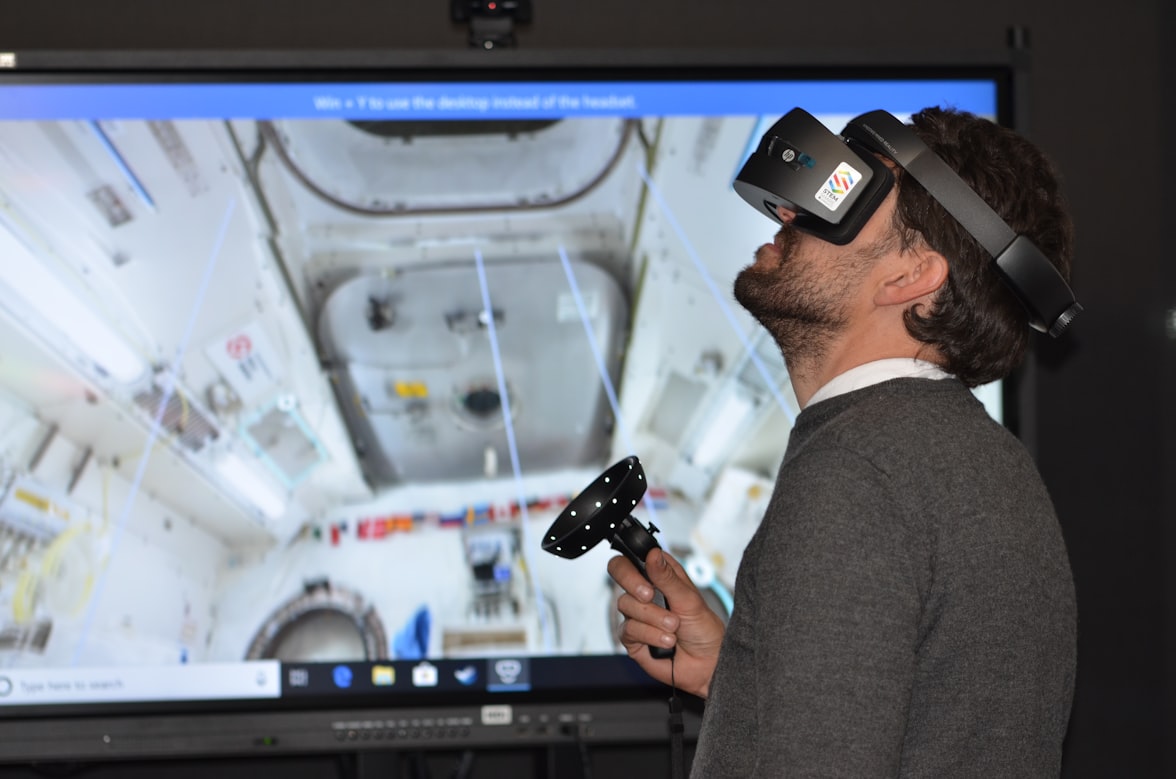
You don’t need to visit the museum to admire its contents, though I suggest you do!
You can access a virtual tour from the museum website and check out the exhibits from the comfort of your own home.
Many of the art pieces have been scanned and digitized in 3D, giving virtual viewers the chance to look at pieces in detail.
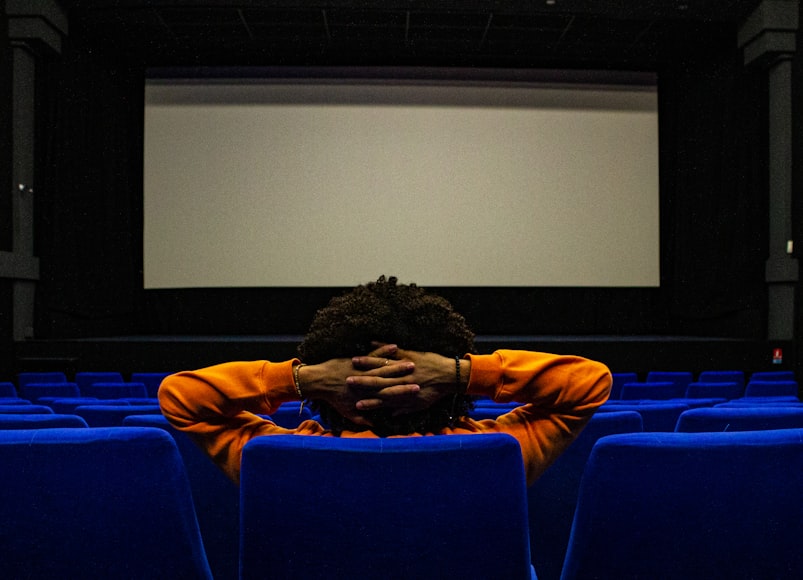
The museum hosts monthly programs dedicated to screening films and documentaries about the ethnographic history of Colombia, providing a more in-depth look into how many of the artifacts on display were used by indigenous people.
When I visited, I saw a film called Tundama and a documentary called U’wa Colombia. Watching them helped me imagine the daily life of these ancient communities.
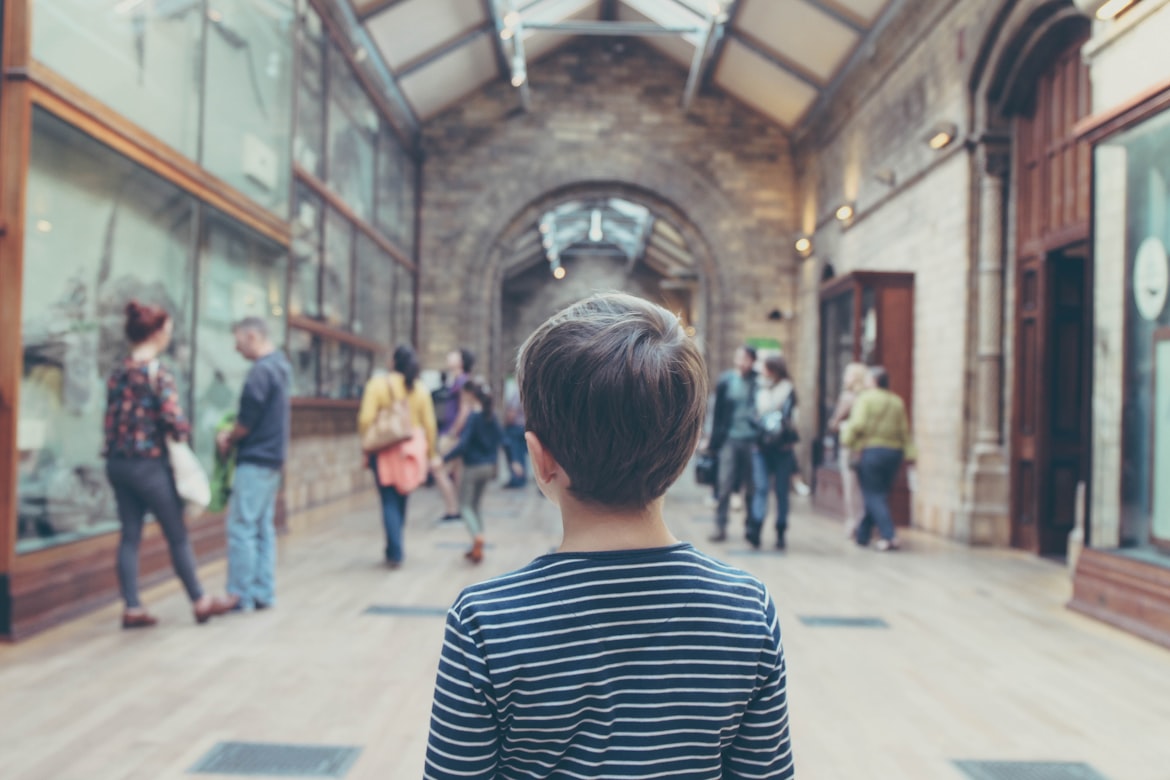
The Educational Workshops are by far the most entertaining activity in the museum, and they’re usually aimed at audiences of all ages and walks of life.
The goal of these workshops is to promote the care of the museum’s artifacts and to raise awareness about the importance of Colombian ancestors.
I was lucky enough to take part in a clay modeling workshop. There, we learned to create pots, sculptures, and ocarinas.
I learned everything from how to turn mud into clay to techniques, tools, and textures of the trade.
Believe me when I tell you that creating a piece similar to those in the collection isn’t as easy as it seems and requires some technique. Bring your modeling tools and creativity with you!
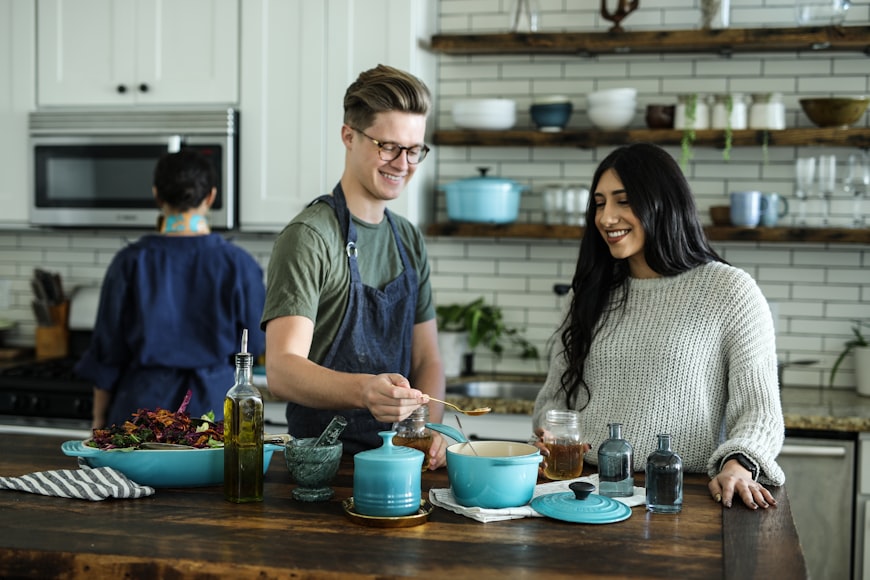
One of the best ways to get acquainted with Colombia’s ancient indigenous communities is to learn what they ate.
There are plenty of interesting ingredients and recipes to learn, which you can recreate in your kitchen at home.
To sign up for the cuisine classes, go to the museum, fill out a form, and pay. I promise it’s an experience you won’t forget!
Also called MEMAB, this museum is a place where you’ll learn something new about the roots of Colombian traditions.
Whether you’re looking for a place to kill time on a rainy day or learn a new skill, this museum is definitely a good choice.
If you like this blog, you might like the Casacol Instagram page to keep up with all the new articles. Anything we need to update or correct? Care to contribute? Email us at blog@casacol.co